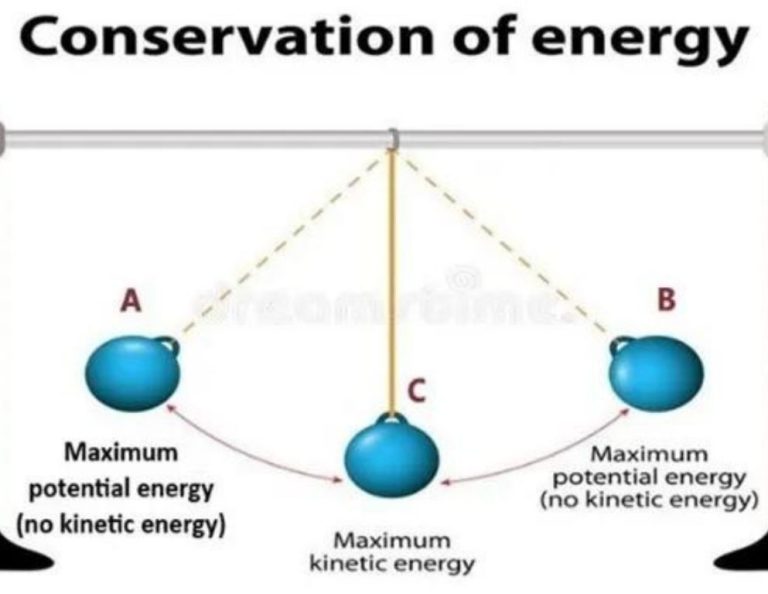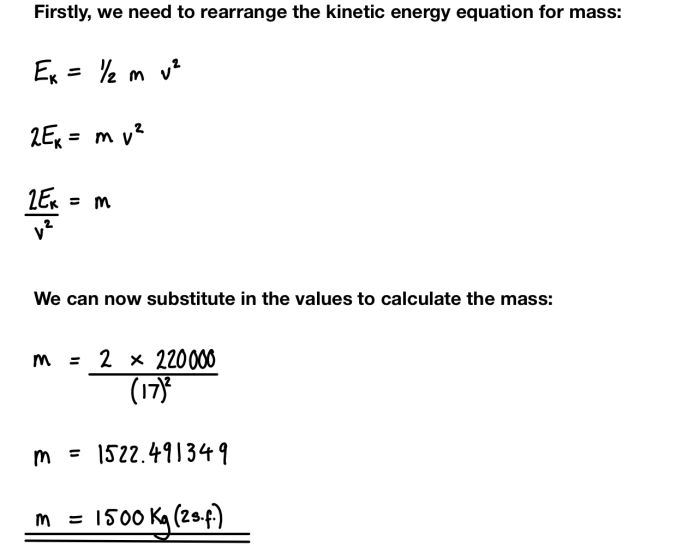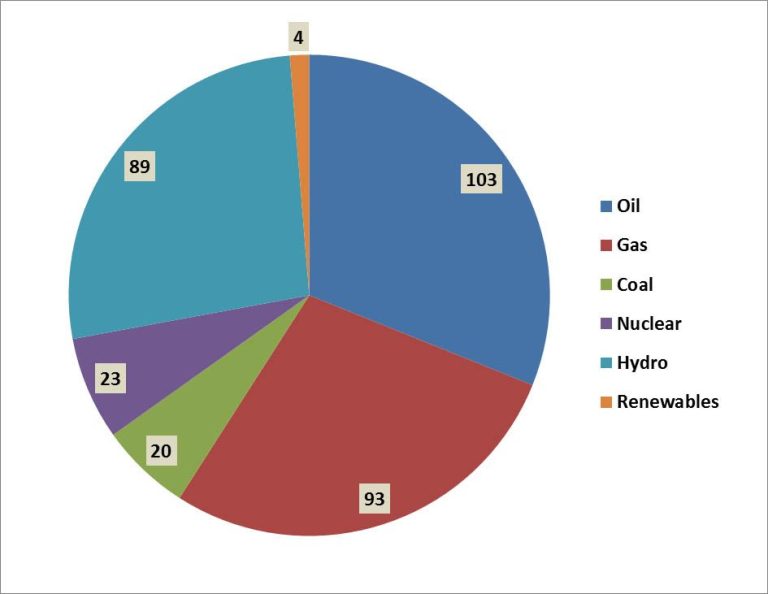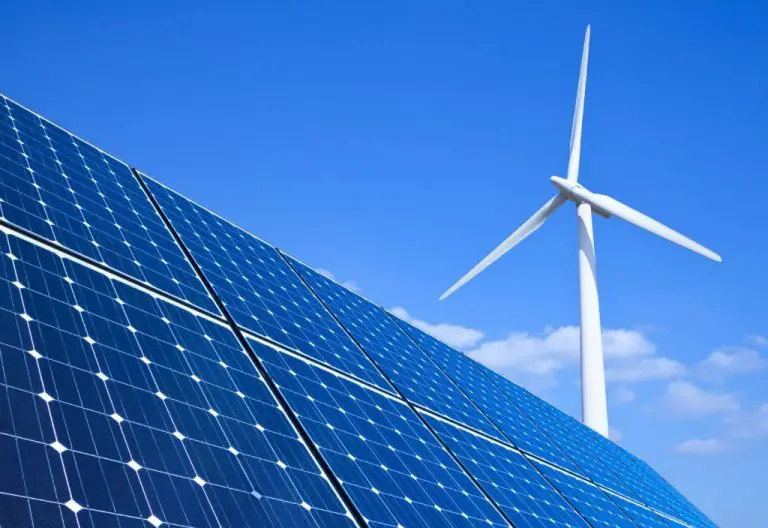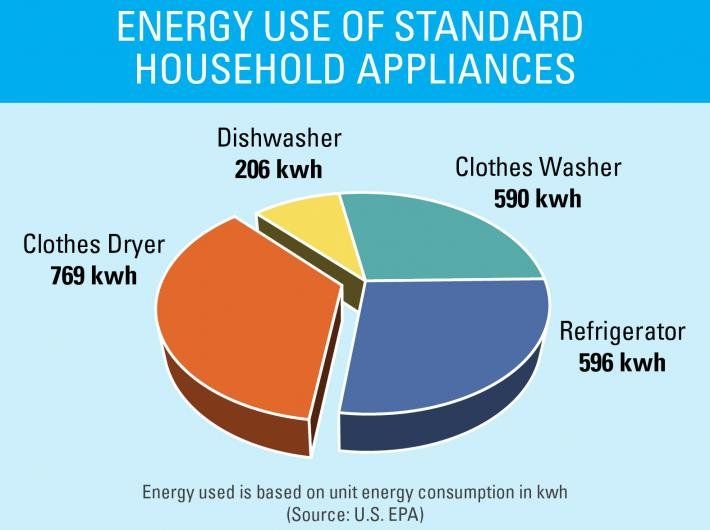What Is The Energy From The Chemical Compound?
Definition of Chemical Energy
Chemical energy is the potential energy stored in the bonds between atoms that make up molecules. Atoms bond together to form molecules and compounds. The bonds between atoms contain kinetic energy and potential energy. When atoms bond, they get closer together, which releases some energy, but they still have stored potential energy in the bond that holds them together. This potential energy stored in chemical bonds is chemical energy.
For example, in the hydrogen-oxygen bonds that make up a water molecule, there is stored chemical potential energy. When the bonds between the hydrogen and oxygen atoms are broken during chemical reactions, this stored chemical energy gets released. The amount of chemical energy stored in a substance depends on the strength of the bonds holding the atoms together. Strong chemical bonds store more chemical energy than weak chemical bonds.
Chemical energy is one of the most useful forms of energy for living organisms. It is the energy stored in food, fuels, and other substances that contain carbon-carbon and carbon-hydrogen bonds. When the chemical bonds in these substances are broken through digestion or combustion, the stored chemical energy is released and can be used to power biological and mechanical processes.
Factors Affecting Chemical Energy
The amount of potential energy stored in a chemical compound depends on the types of chemical bonds and molecular structure.
Stronger chemical bonds, like covalent and ionic bonds, require more energy to break and therefore store more potential energy than weaker bonds like hydrogen bonds or van der Waals forces. Compounds with multiple strong bonds, like hydrocarbons, store more potential energy than compounds with fewer or weaker bonds.
Molecular structure also affects potential energy. Linear molecules have lower potential energy than branched molecules because their bonds can rotate more freely. Rings and double or triple bonds restrict rotation and bonding angles, requiring more energy to distort the molecule and therefore storing more potential energy.
High energy compounds used for fuel, such as gasoline, have many strong covalent bonds and complex branched or ring structures. Weaker bonds or simpler structures would not release as much useful energy when the chemical bonds are broken through combustion or digestion.
Releasing Chemical Energy
Chemical energy is stored in the bonds between atoms that make up molecules. This energy can be released when chemical bonds are broken during chemical reactions. There are several ways that chemical reactions can release energy from molecules:
Combustion Reactions: These reactions involve igniting compounds containing carbon and hydrogen, such as wood, gasoline, or natural gas. Combustion breaks the bonds between atoms and forms new bonds, resulting in new molecules like carbon dioxide and water. A lot of energy is released as heat and light.
Decomposition Reactions: These reactions break down compounds into simpler substances. For example, food substances like fats and sugars can decompose to release energy that cells can use. Explosives and rocket fuels also undergo violent decomposition reactions to release large amounts of energy.
Oxidation Reactions: These involve the transfer of electrons between reactants, which breaks chemical bonds. Burning wood and rusting iron are examples of oxidation reactions that release energy.
The amount of energy released depends on how strong the broken chemical bonds are. Stronger bonds require more energy to break and thus release more energy when they break. The strongest chemical bonds are in fossil fuels like oil and coal, which is why they produce large amounts of energy when burned.
Chemical reactions offer a controlled way to harness the energy stored in molecules for useful purposes like heating, cooking, transportation, and electricity generation.
Measuring Chemical Energy
The energy stored in chemical bonds can be precisely measured through the process of calorimetry. Calorimetry involves burning a chemical sample in a sealed container surrounded by water. As the sample burns, it releases energy in the form of heat which is absorbed by the water. By measuring the temperature change of the water, the amount of energy released by the chemical reaction can be accurately calculated.
A calorimeter is the device used to carry out this process. It consists of an inner chamber that holds the sample and an outer chamber filled with water that absorbs the heat energy. Highly precise calorimeters can account for heat losses and allow chemists to quantify the enthalpy change of a reaction.
Calorimetry provides a simple yet effective way to directly measure the potential energy contained within a chemical compound. When combined with thermodynamic data, calorimetry enables the calculation of bond energies. This gives chemists valuable insights into reaction mechanisms, energy transformations, and the stability of chemical structures.
Other advanced techniques like bomb calorimetry can be used to find the energy content of fuels. Overall, calorimetry allows for empirical measurement of the immense amounts of energy stored within the bonds of chemicals.
Chemical Energy Conversions
Chemical energy can be converted into other forms of energy through chemical reactions. Here are some examples of chemical to energy conversions:
Chemical to Thermal Energy
Burning wood converts the chemical energy stored in the wood’s biomolecules into thermal energy in the form of heat and light. The combustion reaction breaks down the hydrocarbon molecules in the wood, releasing energy that manifests as high temperatures.
Chemical to Electrical Energy
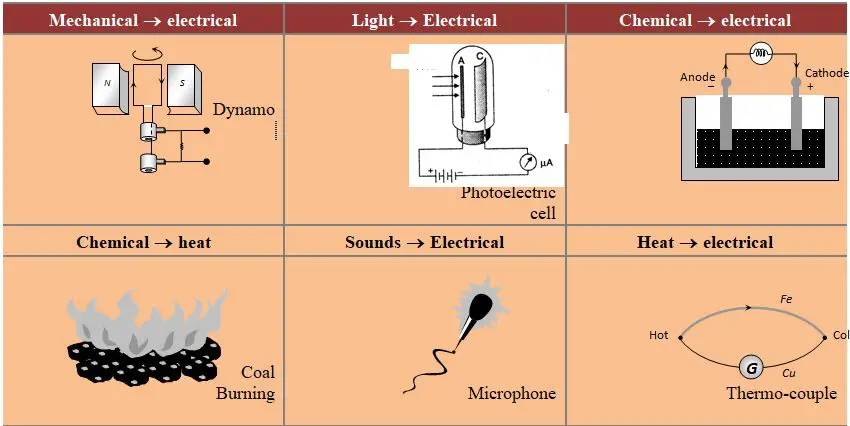
Batteries convert chemical energy to electrical energy through oxidation-reduction reactions. In a standard battery, chemical reactions between the anode, cathode, and electrolyte generate a flow of electrons from one electrode to the other, producing an electrical current.
Chemical to Kinetic Energy
Rockets and jet engines convert the chemical energy stored in fuel into kinetic energy. As the fuel undergoes combustion, the released energy accelerates gases to high speeds out of the exhaust, generating thrust to propel the vehicle forward.
Chemical energy can also be converted to other forms like light, sound, and nuclear energy through various chemical reactions and processes.
Chemical Energy in Food
Food contains chemical energy that is released through metabolic reactions in the body. This stored chemical energy comes from the bonds between atoms in the molecules that make up food.
Carbohydrates, fats, and proteins are the major types of molecules found in food that contain chemical energy. The energy is stored in the bonds between carbon, hydrogen, and oxygen atoms in carbohydrates, between carbon and hydrogen atoms in fats, and between carbon, hydrogen, oxygen, and nitrogen atoms in proteins.
When food is digested, these molecules are broken down into smaller components through hydrolysis reactions. This process breaks the bonds holding the atoms together, releasing energy that had been stored.
The released energy is then captured through additional metabolic reactions and used to fuel cellular processes. For example, the energy is used to build new molecules, transport ions, enable mechanical movement, and regulate body temperature.
The amount of potential chemical energy stored in food can be measured in units called calories or kilojoules. The more bonds a food molecule has, the more potential energy it possesses when consumed.
## Chemical Energy in Batteries
Batteries are a common device that utilize chemical energy to produce electricity. They contain one or more electrochemical cells that convert stored chemical energy into electrical energy through spontaneous redox reactions.
Inside each cell of a battery are two conductive electrodes separated by an electrolyte. The anode is the negative electrode and the cathode is the positive electrode. When the circuit is closed, allowing electrons to flow, oxidation reactions occur at the anode as electrons are released.
These electrons then flow through the external circuit to the cathode, where they are consumed in reduction reactions. The electrolyte facilitates the flow of ions within the cell to maintain overall charge neutrality.
The difference in the electrochemical potentials of the anode and cathode materials determines the voltage of the cell. Common anode materials include zinc, lithium, and magnesium. Cathode materials often involve transition metals or metal oxides like manganese dioxide or cobalt oxide.
Primary batteries are single-use as the chemical reactions are not reversible. Common types include alkaline and zinc-carbon batteries. Secondary batteries can be recharged as the chemical reactions are reversible. Examples include lead-acid, nickel-cadmium, and lithium-ion batteries.
Overall, batteries harness the energy stored in chemical bonds and utilize reduction-oxidation reactions to convert it into usable electrical energy. Advances in battery technology continue to improve their capacity to store and deliver energy.
Chemical Energy and Life
All living organisms depend on chemical energy to power their biological processes and activities. This chemical energy comes from the food they eat. When organisms digest food, chemical bonds are broken, releasing energy that can be used by cells.
Plants and other autotrophs produce their own food through photosynthesis. Photosynthesis uses light energy from the sun to convert carbon dioxide and water into glucose and oxygen. The glucose synthesized provides the chemical energy that fuels all of the plant’s life functions. The oxygen released is a waste product.
Animals and other heterotrophs consume organic compounds in foods like plants, algae, and other animals as their source of chemical energy. The digestion of fats, proteins, and carbohydrates breaks bonds between carbon, hydrogen, and oxygen atoms. This releases energy that can be used to fuel metabolic activities, cell growth and repair, muscle contraction, nerve impulses, and other biological processes.
Both plants and animals store excess chemical energy from food in molecules like starch and fat. This acts as an energy reserve that can be tapped into when needed. The transformation of chemical energy from food into forms usable by organisms is essential to sustaining all life on Earth.
Applications of Chemical Energy
Chemical energy has many important real-world applications that rely on the energy released from chemical reactions. Here are some of the major applications:
Fuel: One of the most common applications of chemical energy is as a fuel source. The combustion of fossil fuels like coal, oil, and natural gas releases large amounts of chemical energy that is used to power machinery, generate electricity, and propel vehicles. The conversion of chemical energy to thermal energy via combustion is essential for transportation and electricity generation.
Explosives: Explosives like TNT, dynamite, and gunpowder also rely on chemical reactions to produce rapid releases of energy. When the molecules in an explosive substance rearrange, the chemical energy gets converted into kinetic energy and heat, creating a violent explosion. Explosives are useful for mining, construction, and military applications.
Rocket Propellants: Chemical propellants like liquid hydrogen and liquid oxygen are combined to release energy that propels rockets into space. When these propellants undergo combustion, the chemical energy propels the rocket at high speeds.
Batteries: Batteries convert stored chemical energy into electrical energy through electrochemical reactions. Rechargeable batteries can be reused multiple times by reversing the chemical reactions during recharging.
Digestion: The breakdown of food through digestion also relies on chemical energy being released. The cells in our body then use this energy for growth, repair, and motion.
Future of Chemical Energy
As technology continues to advance, researchers are exploring new ways to utilize chemical energy more efficiently and sustainably. Some potential future innovations related to chemical energy include:
- Using renewable sources as feedstocks for producing hydrocarbon fuels through artificial photosynthesis.
- Engineering microbes that can convert carbon dioxide into high energy density liquid fuels.
- Developing new catalysts to improve conversion efficiencies in fuel cells and electrolyzers.
- Creating reversible fuel cells that can alternate between fuel cell and electrolysis modes for energy storage.
- Designing molecular switches that can trigger chemical reactions to release energy on demand.
- Inventing materials that can harvest and store energy from chemical reactions.
- Improving batteries and supercapacitors using novel electrode materials and electrolytes.
Additionally, chemical energy storage and conversion will likely play an integral role in renewable energy systems. For example, excess electricity from solar or wind could be stored as chemical energy in the form of hydrogen or synthetic hydrocarbon fuels. These high energy density chemicals could then provide dispatchable power when needed. With further research, chemical energy has the potential to enable clean, sustainable energy solutions for the future.

